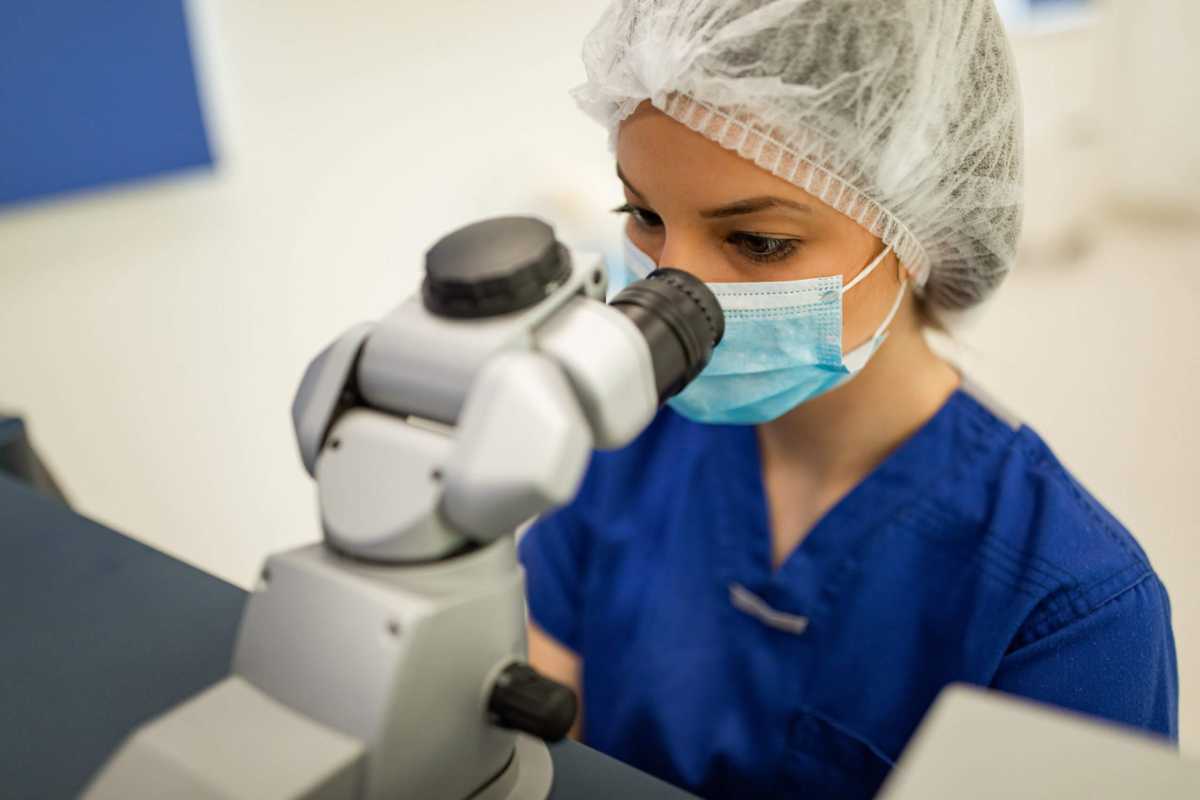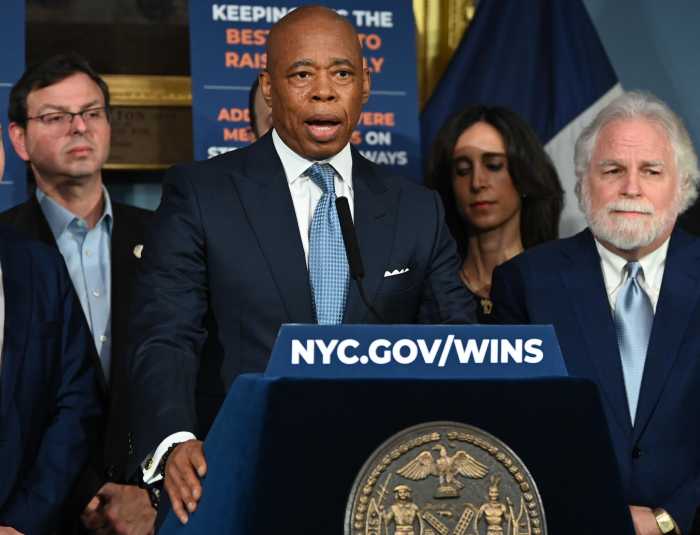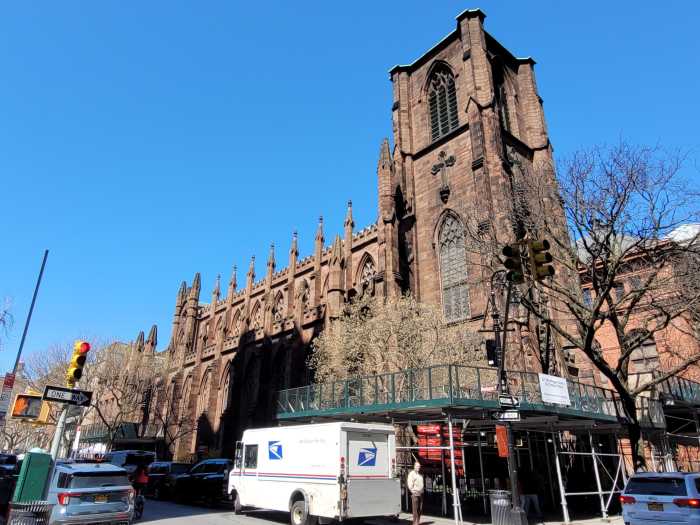New York is losing the race for scientific talent. Despite having some of the world’s very best research institutions, we’re being beaten by California, Texas, Massachusetts and other states in recruiting scientists. As a result, New York is losing out on hundreds of millions of dollars, if not more, in economic activity each year. We also are missing the opportunity to bring breakthrough clinical trials to New Yorkers needing treatments and cures for serious health problems.
It doesn’t have to be this way.
It has been more than 15 years since New York State invested significantly in basic biomedical research, with $600 million allocated in 2007. Since then, Texas has invested $6 billion in its Cancer Prevention Research Initiative, California invested $10.5 billion in the California Institute for Regenerative Medicine, Massachusetts invested $1.5 billion in its Massachusetts Life Sciences Center and Connecticut put in $2.5 billion to expand its research enterprise.
These states are investing heavily because of the return on investment. California’s investment, for example, laid the groundwork for the most robust life sciences ecosystem in the U.S., with more than 14,000 life sciences companies employing nearly 335,000 people in 2021, and $79 billion in VC investment from 2018-21. This compares to 5,314 life sciences companies employing 110,000 people in New York State in 2021 and $18.4 billion in VC investment from 2018-21.
Investing in scientists is as important as building labs and funding research projects. Superstar scientists drive breakthroughs in their labs, often leading to new patents, spinout companies and licensing deals with biopharmaceutical companies. They also spur collaboration and elevate the productivity of their colleagues (a 2014 National Bureau of Economic Research working paper found that star academics increase the productivity of subsequent recruits). And importantly, superstars attract more funding to support their research.
Seventy percent, or $2.5 billion, that came to New York via National Institutes of Health (NIH) grants in 2023, was awarded to scientists at our medical schools. When these scientists leave New York for opportunities elsewhere, their NIH funding follows them out of state. It’s not surprising, then, that some states spend significantly on recruitment, with Texas alone investing $854 million since 2009 to support out-of-state recruiting.
Several years ago, New York State launched the New York Fund For Innovation in Research and Scientific Talent (NYFIRST) program to support medical schools in recruiting and retaining the nation’s top scientific talent.
But NYFIRST is now running out of funding. Without new investment from the State, we will lose a powerful economic development tool and top scientific talent will be recruited to other states.
A modest $25 million investment from the state could support the recruitment of 25 superstar researchers. To date, researchers recruited through the NYFIRST program have created 186 new jobs and brought in $86 million in NIH funding. Overall, the program has returned nearly four times the cost of its initial investment. It’s a small but powerful program. Texas, California and other states will still heavily outspend us, but at least we’ll have a fighting chance in the race for scientific talent.
Jonathan Teyan is the President and Chief Executive Officer of Associated Medical Schools of New York, a consortium of the state’s 17 medical schools.































